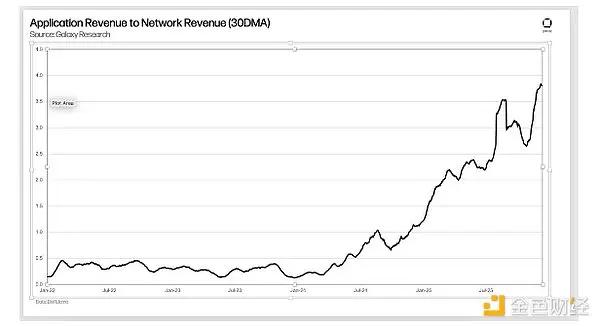Source: Coinbase; Compiled by: Tao Zhu, Jinse Finance
Summary
Last week, cryptocurrencies and traditional risk markets were relatively flat as participants focused on tariffs taking effect on April 2.
Regulatory tailwinds for cryptocurrencies in the United States remain strong. President Trump emphasized the focus on U.S. dominance at the digital assets summit, and the SEC hosted the first of five crypto working group roundtable meetings on March 21.
This week was significant for stablecoins. The House released a draft of the STABLE Act, World Liberty Financial plans to launch a Treasury-backed stablecoin, Fidelity Investments is testing a USD-pegged stablecoin, and Wyoming's multi-chain WYST entered the testnet.
Last week, cryptocurrency and traditional risk market trading was subdued as participants awaited tariffs taking effect on April 2. Nevertheless, market anxiety increased on March 27 when President Trump announced a 25% tariff on all imported cars and reciprocal tariffs on trade partners. Despite this, market performance remained relatively good, which we believe was primarily due to short covering rather than fundamental trading. Global centralized exchange spot and futures trading volumes for BTC, ETH, and SOL remained low, despite this typically being a time when we would see increased liquidity from month-end portfolio rebalancing.
Another technical factor driving broader market activity was GameStop's announcement of issuing $1.3 billion in convertible preferred bonds (0% interest, maturing in 2030) for potential future Bitcoin purchases for its treasury. In recent months, several public companies (besides Strategy, formerly MicroStrategy) have announced Bitcoin acquisitions, including Metaplanet, Solidion Technology, and Semler Scientific.
Cryptocurrency regulatory tailwinds remain strong—especially in the United States, as symbolized by President Trump's speech at the digital assets summit last week, emphasizing focus on U.S. leadership in the field and drawing attention to ongoing work on stablecoin and market structure legislation. Relatedly, the SEC hosted the first of five crypto working group roundtable meetings on March 21, focusing on conditions for defining certain digital assets as securities. These discussions may form the framework for crypto market structure legislation and will involve further discussions on topics like custody, tokenization, and DeFi before June 2025. The Senate recently also passed a resolution (with 70 votes) to rescind the IRS's DeFi reporting rule, which is currently awaiting President Trump's approval.
Stablecoins and Multi-Chain
Regarding stablecoins, the House released the full text of the STABLE (Stablecoin Transparency and Accountability to Better Ledger Economy) Act on March 26, outlining the preliminary direction of upcoming legislation. Notably, the bill prohibits paying interest or yields to stablecoin holders and bans the creation of new collateralized stablecoins (i.e., algorithmic stablecoins) within two years. The bill also outlines reserve and transparency requirements for issuers and creates an approval process for entities seeking to issue new tokens.
Meanwhile, many other new stablecoins have made progress. World Liberty Financial announced plans to launch its own Treasury-backed stablecoin. Fidelity Investments is testing a stablecoin (though launch plans are not yet confirmed), and Wyoming is entering the testnet phase for its Wyoming Stablecoin (WYST). We find Wyoming's stablecoin launch strategy particularly interesting, as it more strongly indicates that tokenization may be a multi-chain phenomenon in the long term.
Wyoming is collaborating with LayerZero as its token issuance partner, launching WYST contracts on the testnets of Avalanche, Solana, Ethereum, Arbitrum, Optimism, Polygon, and Base. Similarly, BlackRock is expanding its on-chain treasury fund BUIDL to the Solana blockchain—joining Aptos, Arbitrum, Avalanche, Ethereum, Optimism, and Polygon, becoming networks where investors can access its products. Interest in tokenized treasury funds has been accelerating, with BUIDL's AUM increasing by $1.3 billion this month to date (totaling $1.9 billion). While most investor interest and liquidity are currently concentrated on Ethereum (90% of BUIDL's total supply is on Ethereum), proactively branching into different blockchain networks suggests issuers may be willing to follow users and liquidity if adoption patterns change.
[Rest of the translation continues in the same professional manner, maintaining the specified translations for specific terms]






